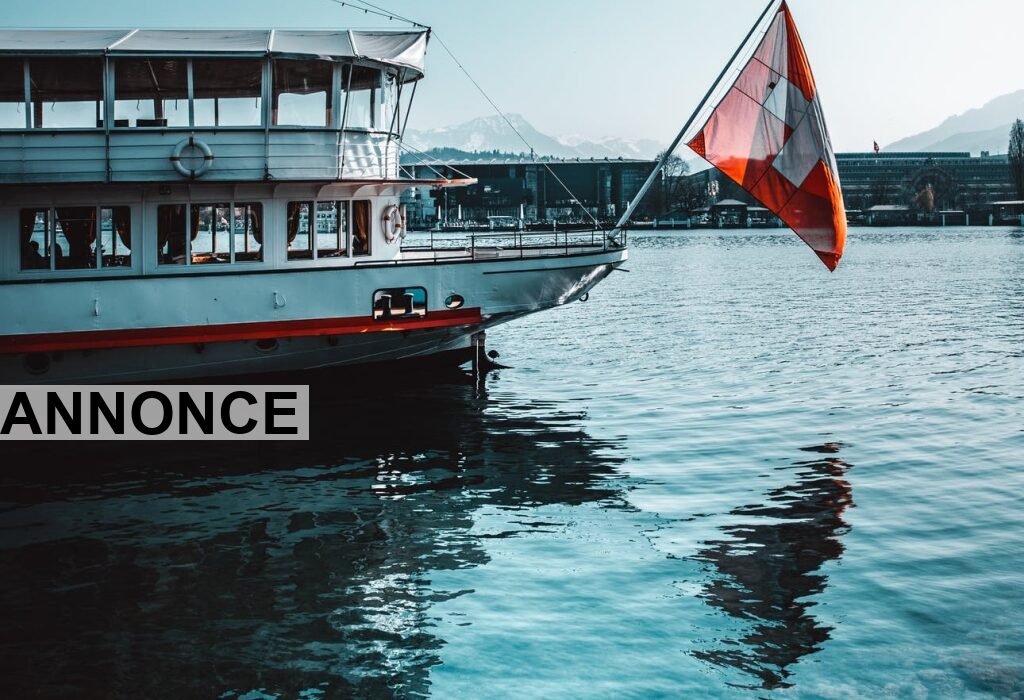The easiest ballast water definition is the water aboard the ship that helps manage the weight of the ship. The ballast water might be fresh or saltwater found in the ballast tanks and cargo holds of ships. Ballast water has multiple uses on the ship. When the ships are empty or carrying light cargo, the ballast water is used to provide the required stability during a trip. In the situation where the ship experiences turbulence in the seas, the ballast water serves to provide the needed maneuverability and stability to help the ship weather the rough seas. Ballast water can also be used to provide additional weight to the ship to sink it low so it can pass under bridges and other structures.
HOW BALLAST WATER GETS ONTO THE SHIP?
The practice of adding ballast water in ships is as old as the ships themselves. Ballast water carries the weight of about 30% to 50% of the total cargo the ship is supposed to carry. This means the ballast water ranges from one hundred gallons to over 2.5 million gallons depending on the ship’s size.
When the ship at the port is preparing for departure with little or no cargo, ballast water is introduced to the ballast tanks. The ballast water remains in the ballast tank until the ship reaches its next point of contact. Then at the next port, the ballast water in the ballast tank is released and another batch is added. If the ship is receiving or removing cargo at every port, ballast water will be reduced or added accordingly. For the most part, the ballast water in the ballast tank is the addition of water from several ports. When the ballast water is poured into the sea at the port, several non-native organisms are released into the port of discharge. The non-native organisms that are introduced are called exotic species, alien species, or non-indigenous species.



